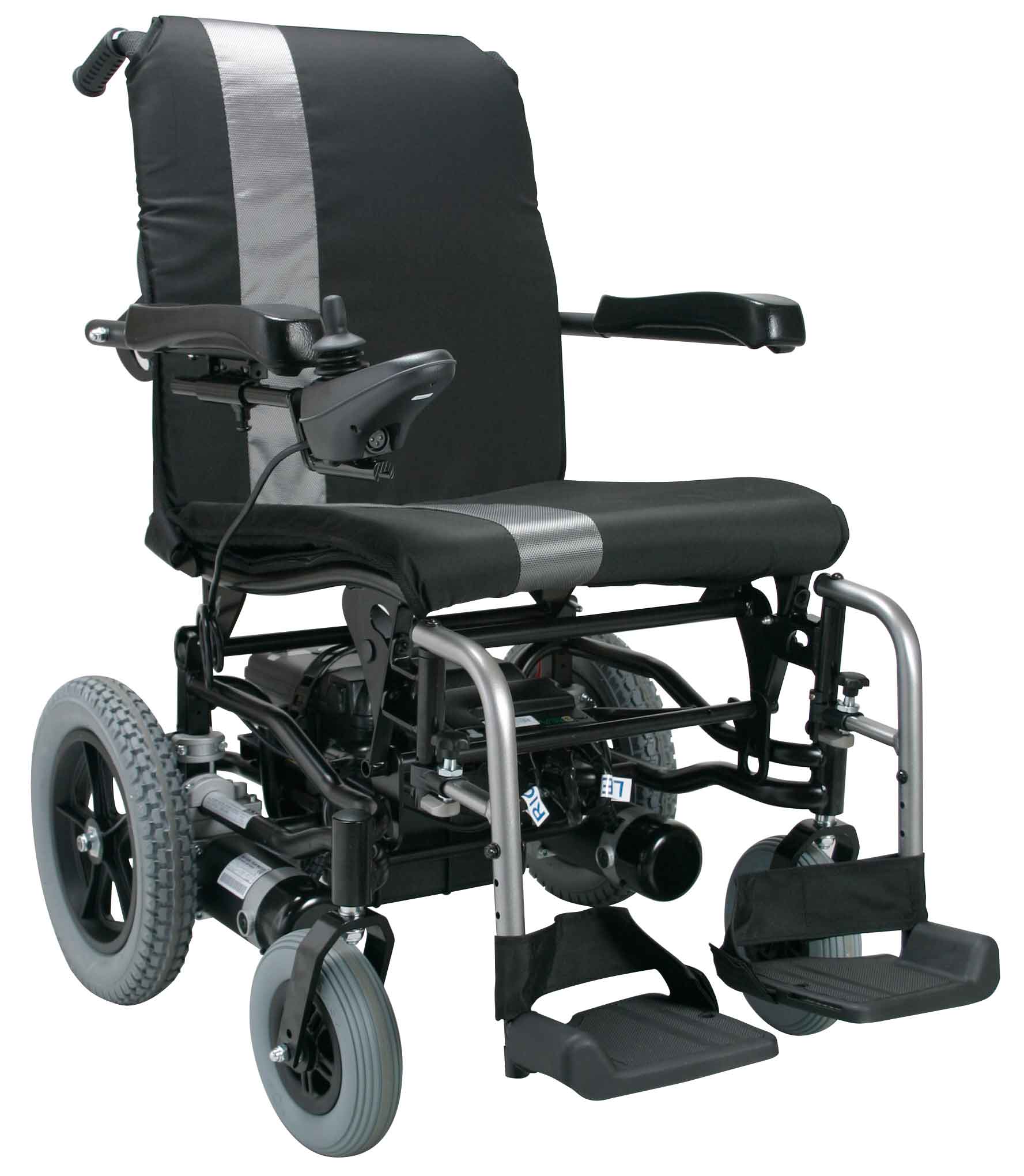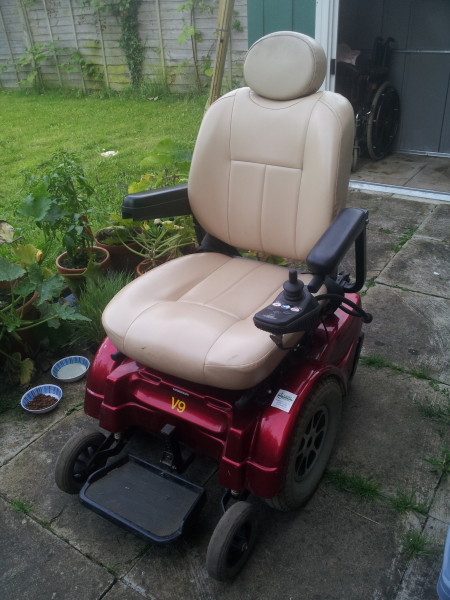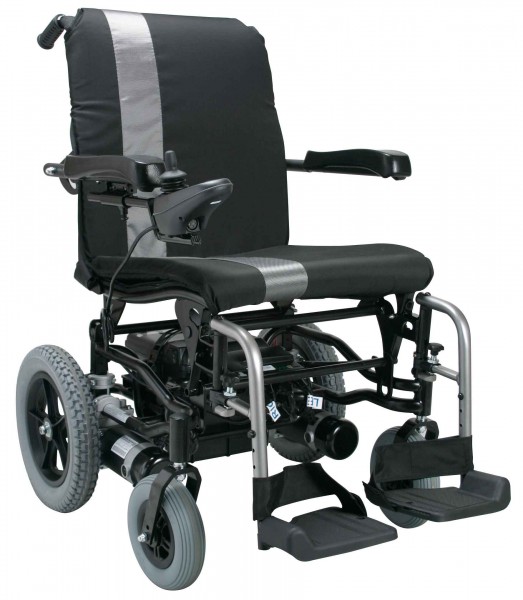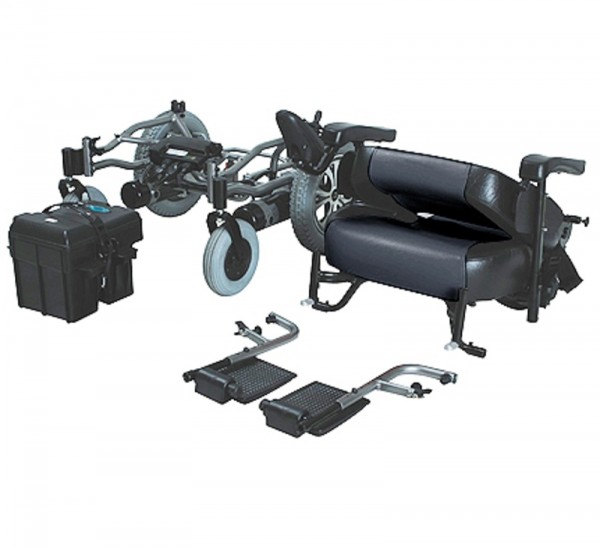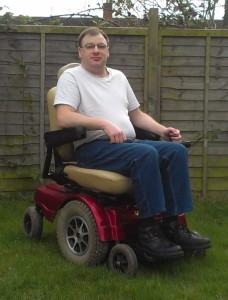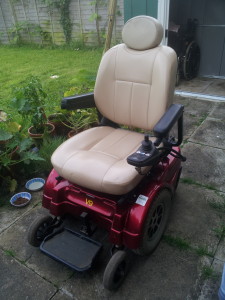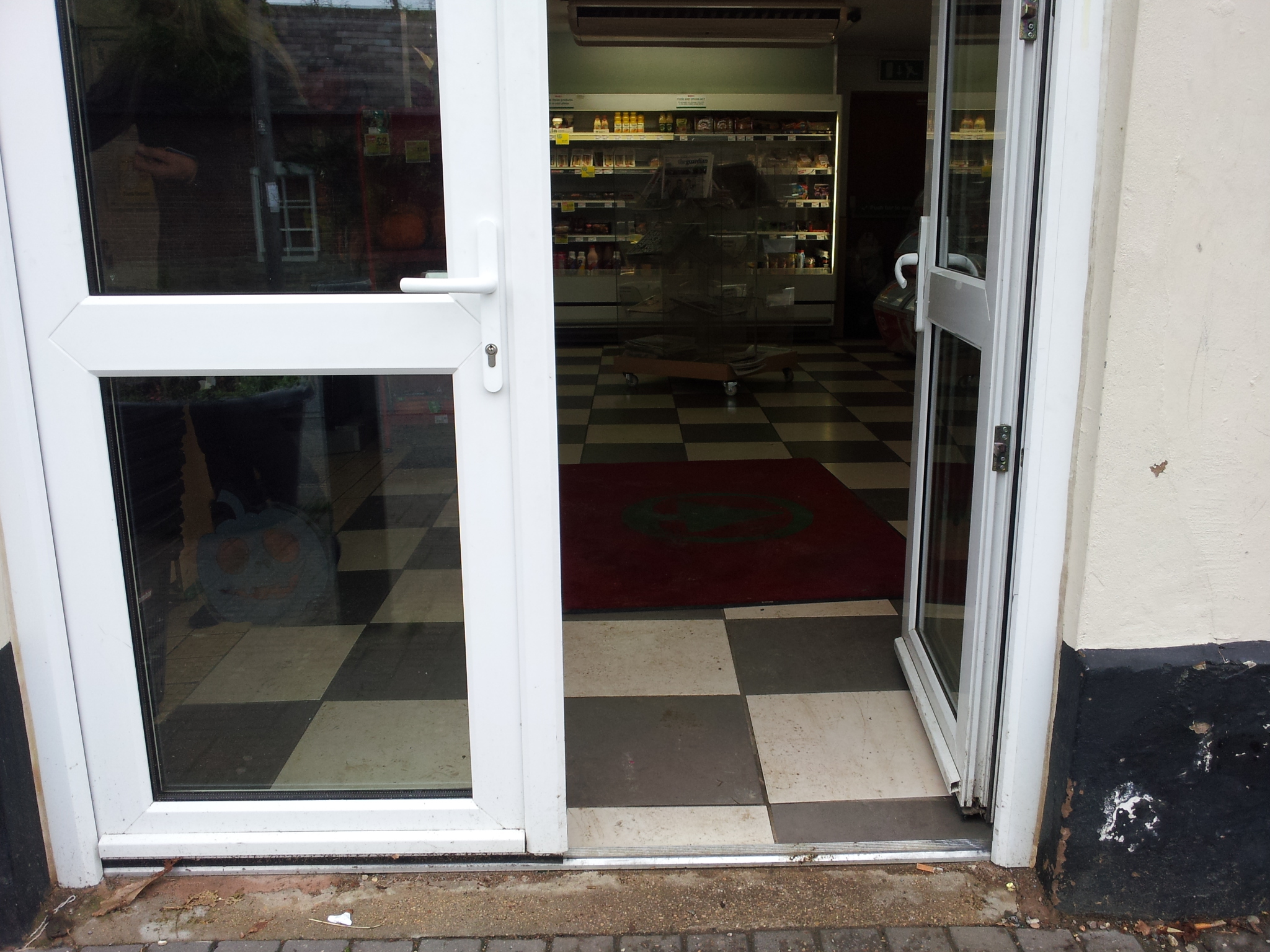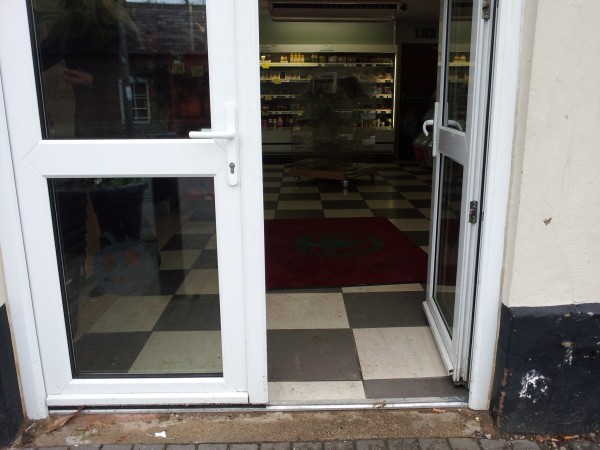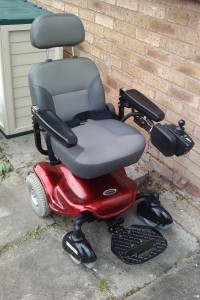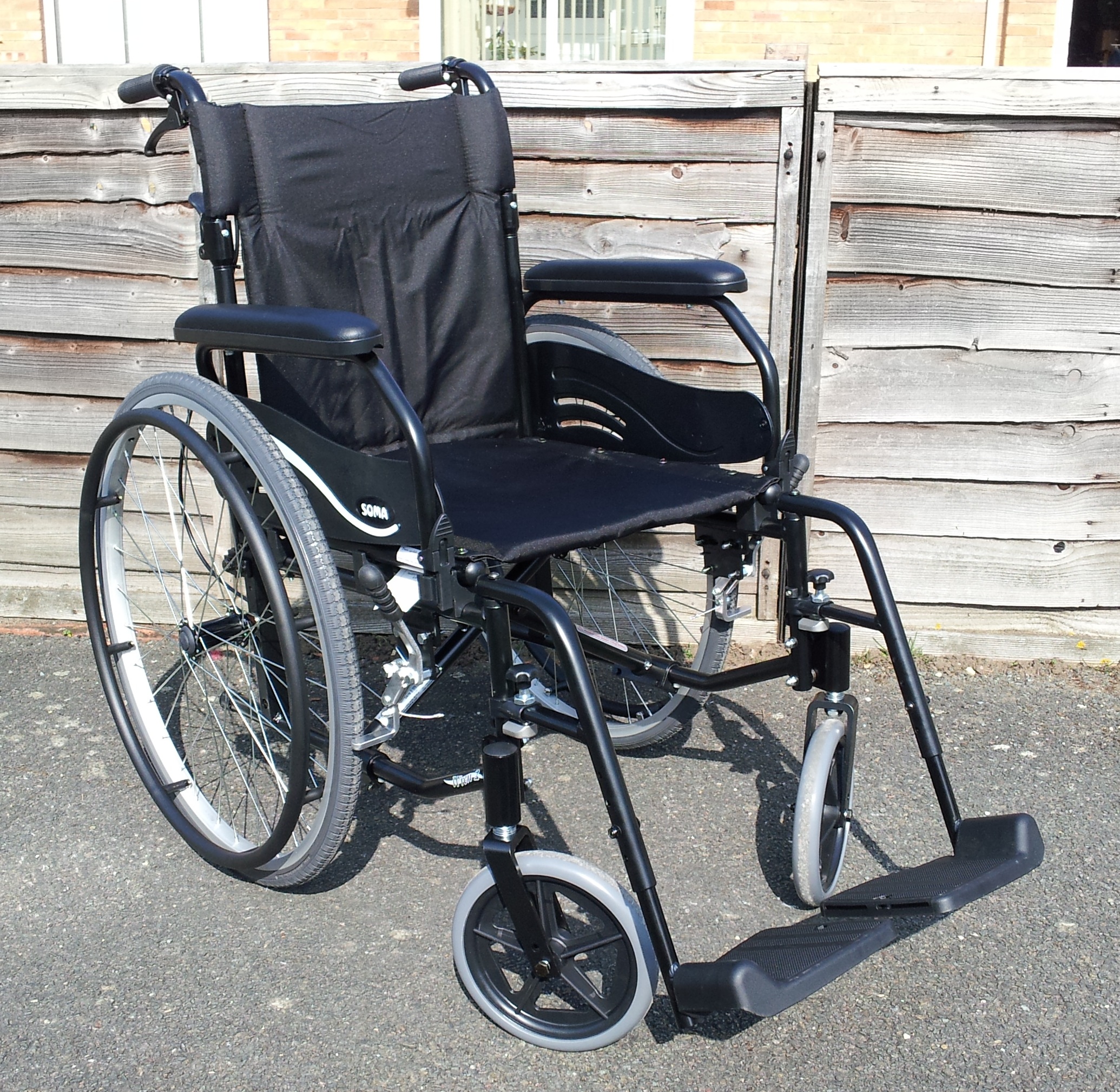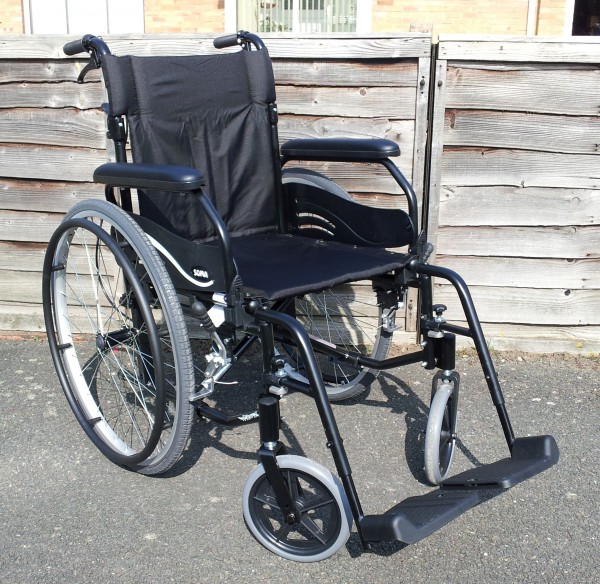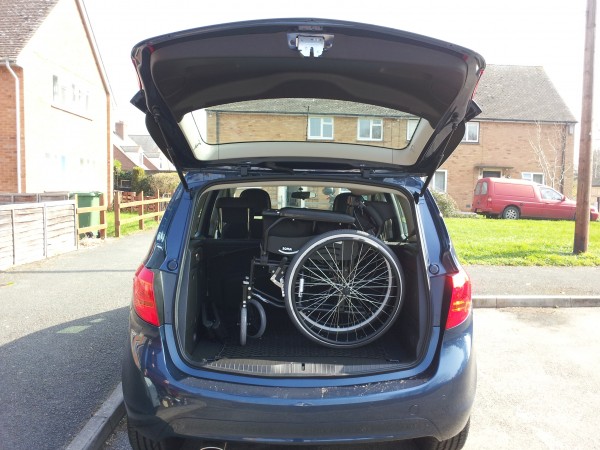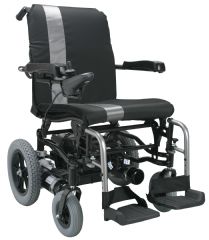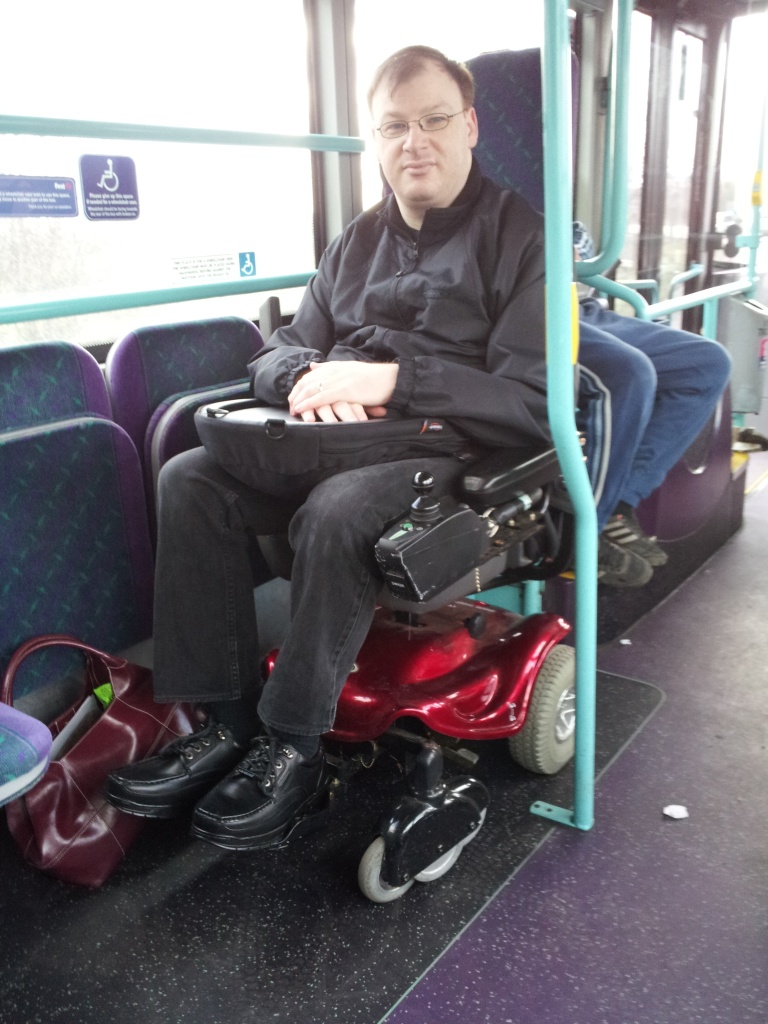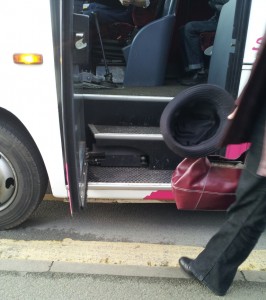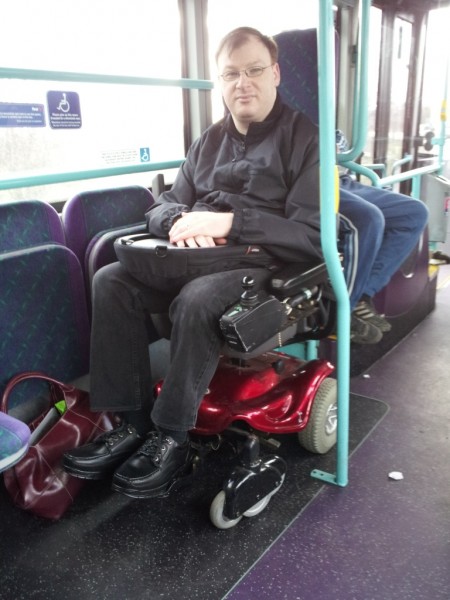I have set up a GoFundMe page to raise money to buy a new electric wheelchair.
Click here to visit my GoFundMe page.
Please don’t donate unless you can afford to.
My wife was in a motorbike accident a few weeks ago and is currently in hospital with broken leg, ankle, wrists, thumb and fingers. I have a mitochondrial disease which causes pain and exhaustion so I rely on my wife to push my wheelchair whenever I go out but she is not going to be able to do that for some time to come. Until now I have resisted friends telling me that I should ask for donations to buy an electric wheelchair however I am going to be very stuck if I don’t have one over the next few months. Hospital visits, shopping etc will be a big problem. I can’t get a wheelchair from the NHS because in my area the NHS does not give wheelchairs to patients unless they cannot walk at all and need a wheelchair to move around at home as well as outside.
I did have a rather old and wonky electric wheelchair which I bought second-hand with some help from friends. That chair helped me with local trips but it was too bulky and heavy to fit into my car, so I could not go very far in it. Worse, our flat is not wheelchair accessible so I was forced to keep the wheelchair in a shed outside where the cold damp weather this winter has killed it. Spare parts to fix the controller are no longer available.
This is my old, wonky and now dead wheelchair.
Reluctantly, then, I am asking for donations to buy a new electric wheelchair. I want to buy a Karma Ergo Traveller because it is lightweight and can come apart to go in my car or be stored inside my flat. It will give me some independence which will be really helpful even after my wife is recovered from her injuries.
Thank you for reading, and thanks in advance to all of you who donate.
Previous blog posts about wheelchairs
The complex issue of looking like a fake when I get up and walk

